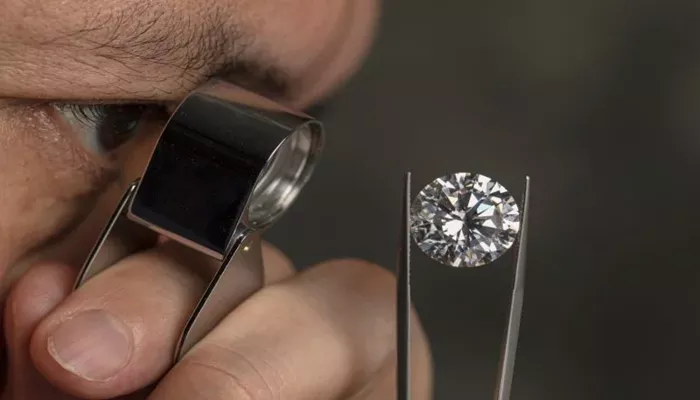In a narrow street in Surat, a city in the western Indian state of Gujarat, businessmen sit cross-legged on the sidewalks or on parked motorbikes. They conduct business quietly, using simple tools like velvet-lined trays, tweezers, and magnifying glasses. Yet, the goods they trade are far from simple—precious diamonds, carefully wrapped in small squares of colored paper, are kept in their shirt pockets.
Though the scene looks casual, the business is complex. Both buyers and sellers are experienced traders who can quickly judge the value of even the smallest diamond. Deals worth thousands of dollars are often finalized over cups of tea bought from street vendors.
The traders follow an unwritten code of honor. A simple slip of paper recording the transaction is enough to grant credit. No one here is a stranger, and reputations matter a great deal. The most reliable buyers can access large lines of credit based on their trustworthiness.
However, the diamond industry in Surat is facing serious challenges. Lab-grown diamonds, which are cheaper and gaining popularity, have hurt demand for natural stones. Additionally, the European Union and G7 countries have banned diamonds originating from Russia. But the biggest threat right now comes from the tariffs imposed by U.S. President Donald Trump. The U.S. has put a 10% tariff on imports, including diamonds. A higher 27% tariff on Indian exports to the U.S. was delayed for 90 days while trade negotiations continue. Still, even the 10% tariff is causing significant profit losses.
Surat is responsible for cutting and polishing about four out of every five diamonds worldwide. For generations, many in the city have known no other trade. Behind the worn-out buildings in the diamond market are modern workshops, equipped with advanced technology to cut and design diamonds. These stones come from countries like Australia, Canada, Russia, and parts of Africa.
Only a small portion of Surat’s diamonds are sold within India. Most are exported to countries such as the United States, the United Arab Emirates, Hong Kong, and Belgium. The U.S. does not have diamond mines, but it hosts two of the three main institutes for grading diamonds. Diamonds often cross several borders before they reach customers in their final form.
In 2023-24, the United States accounted for about 30% of India’s gem and jewelry exports. Roughly half of this was cut and polished diamonds. The future of this trade now depends heavily on how the U.S. government handles its tariffs.
Jigar Patel, treasurer of the Jewellers Association Ahmedabad, said, “If the proposed tariffs are implemented, we may lose about half of our export revenue. We won’t be price-competitive anymore.”
Related topics:
- Wired Headphones Make a Fashion Comeback as Jewelry
- Lawrence Man Pleads Guilty to Armed Robbery of Jewelry Store
- Oroarezzo Première Competition Celebrates Italian Jewelry Design Excellence


